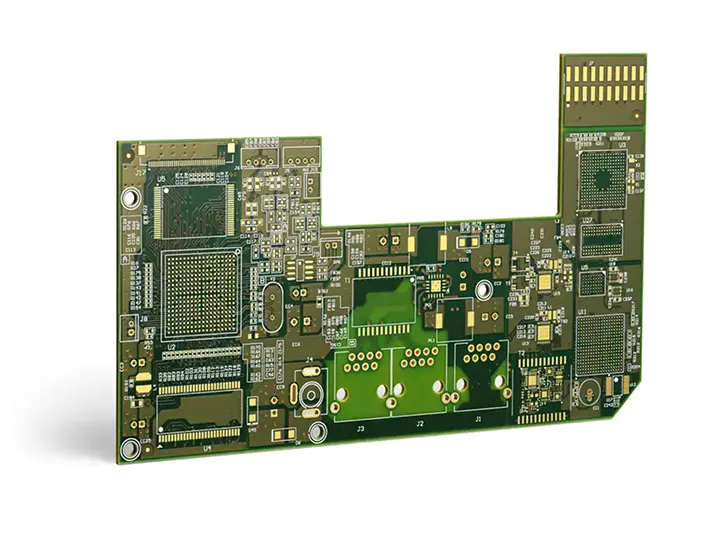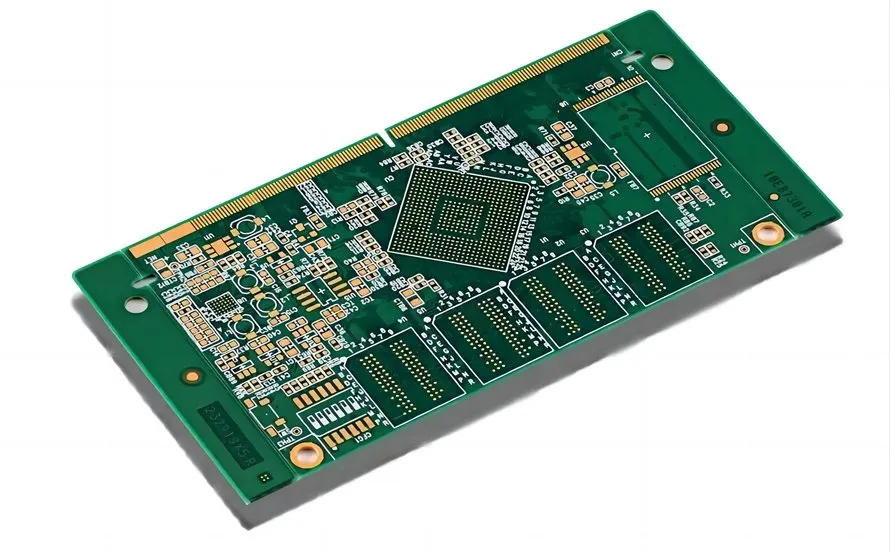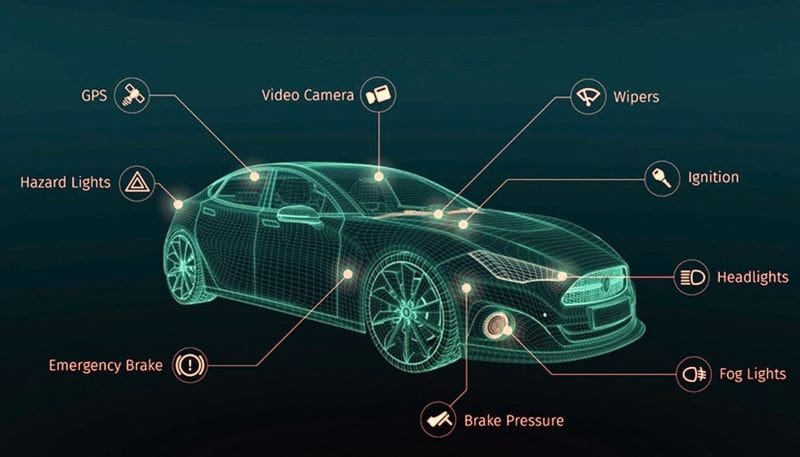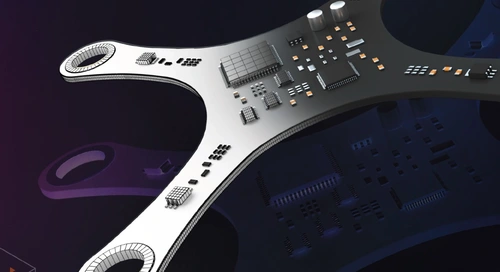Understanding PTFE PCB: A Comprehensive Technical Overview Printed circuit boards (PCBs) form the backbone of modern electronic systems. While FR4 remains the industry standard for general-purpose PCB manufacturing, PTFE PCBs occupy a special place in high-performance, high-frequency, and harsh-environment applications. This guide provides an in-depth exploration of PTFE PCB technology—its material properties, technical specifications, differences...
Blog
Explore the KKPCB Blog for the latest PCB manufacturing and assembly news, industry insights, expert tips, and technology trends, helping you stay informed and optimize your electronics projects.
Taconic TLY-5 PCB Laminates: Ultra-Low-Loss Materials for High-Frequency Excellence In high-frequency PCB engineering, materials are the foundation of performance. From RF front-ends to satellite communication systems, every decibel of loss, every fluctuation in dielectric stability, and every thermal deviation directly impacts system integrity. Taconic TLY-5 stands out as one of the industry’s most trusted PTFE-based...
Megtron 6 is a premium high-speed, low-loss PCB laminate developed by Panasonic, designed specifically for next-generation high-frequency and high-data-rate systems. Positioned between standard FR-4 and PTFE-based microwave materials, Megtron 6 delivers exceptionally low transmission loss, stable dielectric performance, and robust thermal reliability—making it a preferred choice in telecom, networking, data-center, computing, and RF applications. By...
Single Layer PCBs: A Comprehensive and Technical Guide Introduction Single-layer printed circuit boards (PCBs)—often referred to as single-sided or 1-layer PCBs—represent the most fundamental yet enduring form of PCB technology. Despite the fast-growing adoption of multilayer, HDI, and advanced substrate solutions, single-layer boards continue to dominate large segments of consumer electronics, industrial instrumentation, IoT nodes,...
Customer CaseElectronics Industry NewsEngineering TechnologiesPCB DesignPCB ManufacturingPCB Materials
ENIG PCB Surface Finish: Benefits, Process, and Applications Explained
What Is ENIG PCB Surface Finish? What Is ENIG in PCB Manufacturing? ENIG (Electroless Nickel Immersion Gold) is one of the most widely used and highly reliable PCB surface finishes in the electronics industry. As a chemical deposition process, ENIG forms a two-layer metallic coating—a nickel barrier layer followed by a thin immersion gold layer—without...
Applications of Factory Automation in PCB Manufacturing As electronic devices become more compact, powerful, and multifunctional, printed circuit boards (PCBs) must meet increasingly complex performance and reliability requirements. To support this evolution, factory automation has become a fundamental pillar of modern PCB manufacturing. Automated systems not only accelerate production but also improve precision, ensure repeatability,...
Customer CaseElectronics Industry NewsEngineering TechnologiesPCB DesignPCB ManufacturingPCB Materials
Defense PCBs: The Silent Guardians Powering and Protecting Critical Military Systems
How Defense PCBs Secure Critical Military Systems In modern defense technology, where milliseconds determine mission success and electronic failure can compromise national security, Defense PCBs stand as the silent guardians that ensure military systems operate flawlessly. More than simple circuit carriers, these boards are engineered to perform under extreme heat, rapid pressure shifts, electromagnetic attacks,...
Precision Testing for Advanced Electronics As electronic devices grow increasingly complex, reliable and efficient testing becomes indispensable. Automated Test Equipment (ATE) Printed Circuit Boards play a vital role in ensuring product functionality and performance before mass production. These highly specialized PCBs form the backbone of semiconductor and electronic testing systems, enabling engineers to validate intricate...
Automotive PCBs: The Backbone of Modern Vehicle Electronics Printed Circuit Boards (PCBs) are fundamental to contemporary electronics, providing the structural foundation and electrical interconnections required by a wide range of components. Within the automotive industry, PCBs play an indispensable role—enabling everything from basic vehicle functions to advanced driver-assistance systems (ADAS) and electrification technologies. Automotive PCBs...
Optimized Technical Article — BT-Epoxy in PCB Manufacturing What is BT-Epoxy in PCB Manufacturing? BT-Epoxy, short for Bismaleimide-Triazine resin, is a high-performance thermoset polymer widely used in advanced PCB fabrication. Sometimes referred to as Bisphenol-T epoxy, this material is produced by polymerizing BT monomers with epichlorohydrin, forming a tightly cross-linked resin system with excellent thermal,...











